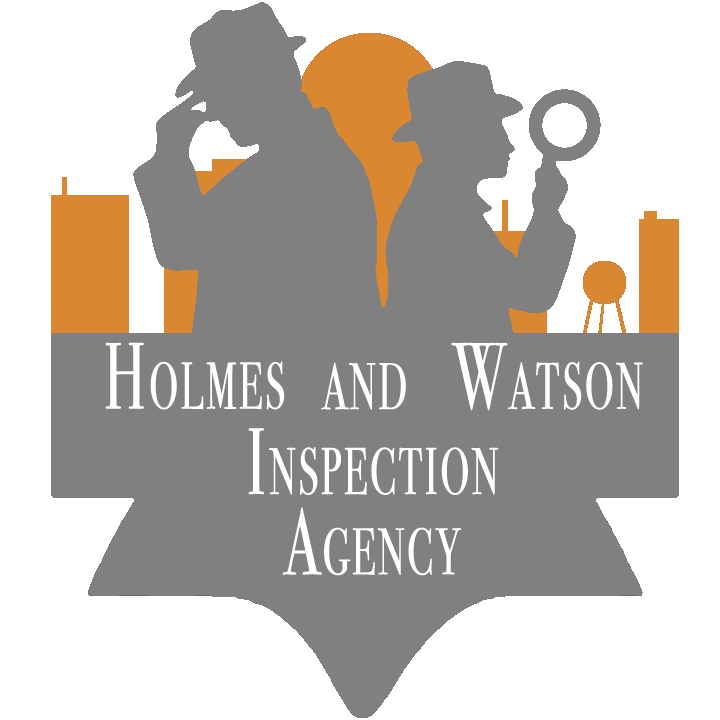Silent Danger: The Hidden Health Hazards of Radon Exposure
- Justin Miller
- Jun 26, 2023
- 3 min read
In the world of invisible threats, radon gas stands as a silent, odorless, and tasteless enemy, stealthily infiltrating our homes and endangering our health. Despite its elusive nature, radon poses a significant risk, with devastating consequences for those who unknowingly breathe in its toxic gases. In this article, we into dive into some of the negative health effects of radon exposure, and shed some light on several of the alarming stats and emphasize the urgent need for action.
The Lurking Danger
Radon is a naturally occurring radioactive gas, it emanates from the decay of uranium in soil, rock, and water. As radon gases seep into homes through cracks, gaps, and other openings in the foundation, it can accumulate to potentially dangerous levels, putting residents at risk. One of the most alarming health stats associated with radon exposure is lung cancer, with an estimated 21,000 lives claimed each year in the United States alone.
Leading Cause of Lung Cancer
Shockingly, radon surpasses all other factors to claim the title of the leading cause of lung cancer among non-smokers. It presents a potent threat, responsible for a substantial portion of lung cancer cases worldwide. Unlike the obvious connection between smoking and lung cancer, radon's stealthy nature often leaves its victims unaware of their perilous situation until it is too late.
Smoking Amplifies the Risk
While radon poses a significant threat to non-smokers, its effects become exponentially more dangerous for smokers. The combination of radon exposure and smoking creates a lethal synergy, amplifying the risk of developing radon-related lung cancer. Smokers can face up to a 15 times higher likelihood of falling victim to radon related lung cancer when compared to non-smokers who experience similar levels of radon exposure.
Vulnerable Children
Disturbingly, children find themselves disproportionately susceptible to the adverse effects of radon. There has been research done by various organizations that indicates, when children are exposed to equivalent levels of radon as adults, face up to twice the risk of developing radon-related lung cancer. These findings highlight the importance of protecting our youngest family members and ensuring their living environments are free from radon contamination. This is likely due to the fact that children have higher rates of breathing per minute with smaller lung capacities.
Widespread Presence in Homes
The alarming reality is that millions of homes across the United States harbor radon levels above the recommended remediation thresholds set by the Environmental Protection Agency (EPA). Approximately 6 million homes are affected by radon levels that pose a serious health hazard. These homes, often characterized by insufficient ventilation and inadequate sealing, trap radon gas, allowing it to accumulate and endanger the lives of unsuspecting occupants.
Taking Action
Given the dire consequences of radon exposure, it is imperative to prioritize preventive measures and raise awareness about this hidden danger. Here are some essential steps to protect ourselves and our loved ones:
1. Testing: Regularly test homes for radon levels using simple and affordable radon testing kits. These kits are widely available and can provide valuable information about potential risks.
2. Mitigation: If high radon levels are detected, immediate action is crucial. Radon mitigation systems, such as sub-slab depressurization, can effectively reduce radon levels and create a safer living environment.
3. Building Codes: Advocating for stricter building codes that require radon-resistant construction techniques can help prevent radon infiltration in new constructions.
4. Education and Awareness: Promote public awareness campaigns to educate individuals about the dangers of radon and the importance of testing and mitigation. Engage schools, healthcare providers, and community organizations to disseminate information and encourage action.
The invisible threat of radon gas looms large, silently creeping into our homes and endangering our health. With the devastating statistics revealing its grim toll on human lives, it is crucial to raise awareness and take proactive steps to mitigate the risk. By testing for radon, implementing mitigation systems, and educating ourselves and our communities, we can combat this insidious enemy and safeguard our well-being.






Comments